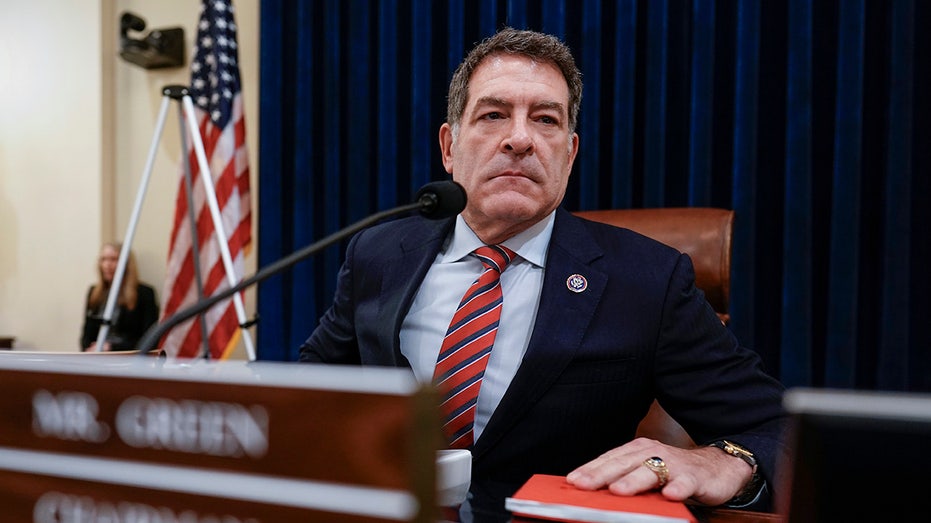U.S. Tariffs Threaten to Spark Energy Crisis Amid Global Economic Uncertainty
New analysis shows U.S. tariffs under Trump are severely harming the energy sector, from oil to renewables.

Wide-reaching U.S. tariffs introduced by President Donald Trump are sending shockwaves throughout the nation's energy sector, resulting in mounting challenges for oil production as well as the renewable energy industry, new findings reveal.
New research from energy consultancy Wood Mackenzie has identified a sharp reversal of fortunes for the United States' energy landscape, driven by these policies. The report indicates that the resulting trade war environment threatens to derail growth projections, stall renewable energy investments, and saddle the nation with spiraling costs that undermine its previously robust global energy competitiveness.
The administration's "Liberation Day" tariff policy, announced in early April, was described by Wood Mackenzie as “arguably the most pivotal moment for the world economy since China’s entry into the World Trade Organization in 2001." Yet, while China’s integration into the global market helped fuel an era of economic expansion, the new protectionist measures are widely forecasted by experts to disrupt vital trading relationships and hasten an international retreat from economic globalization.
Wood Mackenzie constructed three scenarios to estimate the tariffs’ consequences, with the most severe scenario—dubbed a "trade war"—projecting effective U.S. tariff rates climbing above 30 percent. Their analysis suggests such a path would shrink global GDP by 2.9 percent by 2030, exposing major energy sectors to heightened vulnerability.
The oil industry in particular faces critical risks. Under the “worst-case” scenario, analysts project a rare decline in global oil demand in 2026, followed by sluggish recovery. By the decade’s end, global oil usage is expected to be 2.5 million barrels per day lower than under more optimistic assumptions. Oil prices are forecasted to drop precipitously to around $50 per barrel—a level that would force U.S. shale drillers to sharply cut back production and could imperil the broader push for U.S. energy independence.
These pressures would cascade through the sector, curtailing investments and slowing production both domestically and abroad. Internationally, limited capital for upstream projects is likely to trigger delays in developments not yet underway, making the effects of the tariffs not only national but global in scope.
Renewable energy industries are also bracing for impact. The added costs and pervasive uncertainty generated by tariffs present steep barriers for new investments and complicate the crucial planning cycles upon which power suppliers rely. As the Wood Mackenzie analysis puts it, “in a business with a five-to-10-year planning cycle, not knowing what a project will cost next year or the year after is extraordinarily disruptive.” The report highlights that numerous companies have already postponed strategic investments or altered their business plans in response.
Significantly, the tariffs threaten to entrench the United States as a high-cost region for renewables and energy storage solutions, potentially stalling momentum in the transition to cleaner energy sources.
Although the administration has argued that tariffs would incentivize domestic reshoring of manufacturing and reduce reliance on international supply chains, Wood Mackenzie's findings indicate that, in practice, key energy sectors are instead feeling the burden in the form of growing costs and constrained access to essential materials.
The metals and mining sector stands out as an area of deep concern. Demand for critical inputs—including aluminum, copper, steel, and lithium—is projected to fall sharply by 2026. For example, U.S. aluminum demand could decline by nearly 4 million tonnes, copper by 1.2 million tonnes, steel by 90 million tonnes, and lithium by 70,000 tonnes compared to baseline projections.
As the repercussions unfold, industry leaders in energy and natural resources must confront the strong likelihood that tariff-related uncertainty will persist for the foreseeable future. According to the report, the new normal will involve reduced risk appetite, a stronger focus on flexibility, and a reshaping of strategies, fundamentally altering America’s energy trajectory for years ahead.




